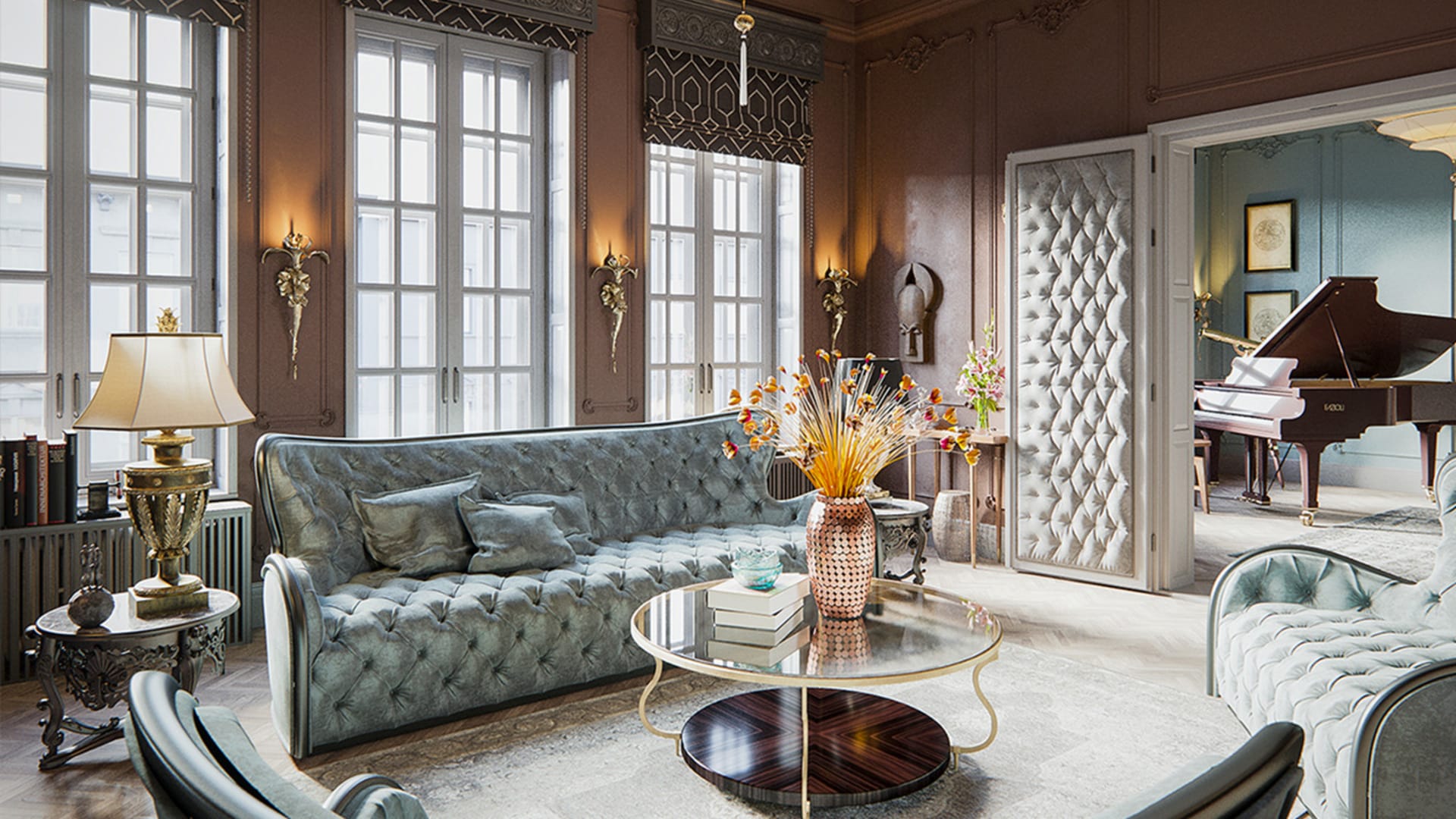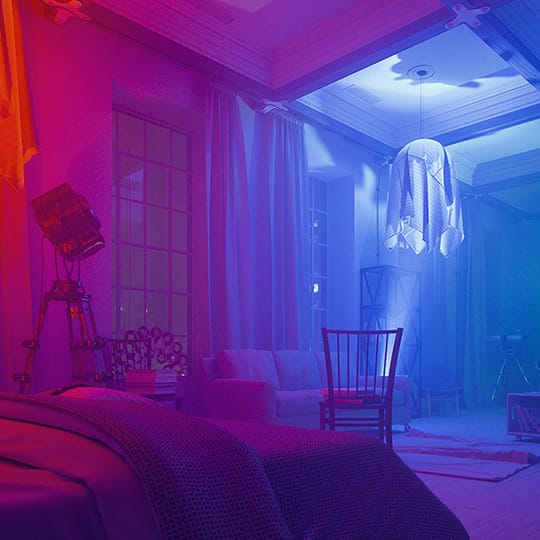The rebellious studio which is turning arch viz upside down.
Serbian studio Double Aye’s architectural visualization and interior design videos turn everything on its head - literally. They explore beautifully-rendered scenes from strange angles, twisting and accelerating the camera as if it were on a mini rollercoaster, smashing through doors, and even doubling the vision. It’s like being drunk in a really nice house.
We spoke to founder Ivan Stevanovic about the process behind his incredible images and videos, and how they've divided the industry.
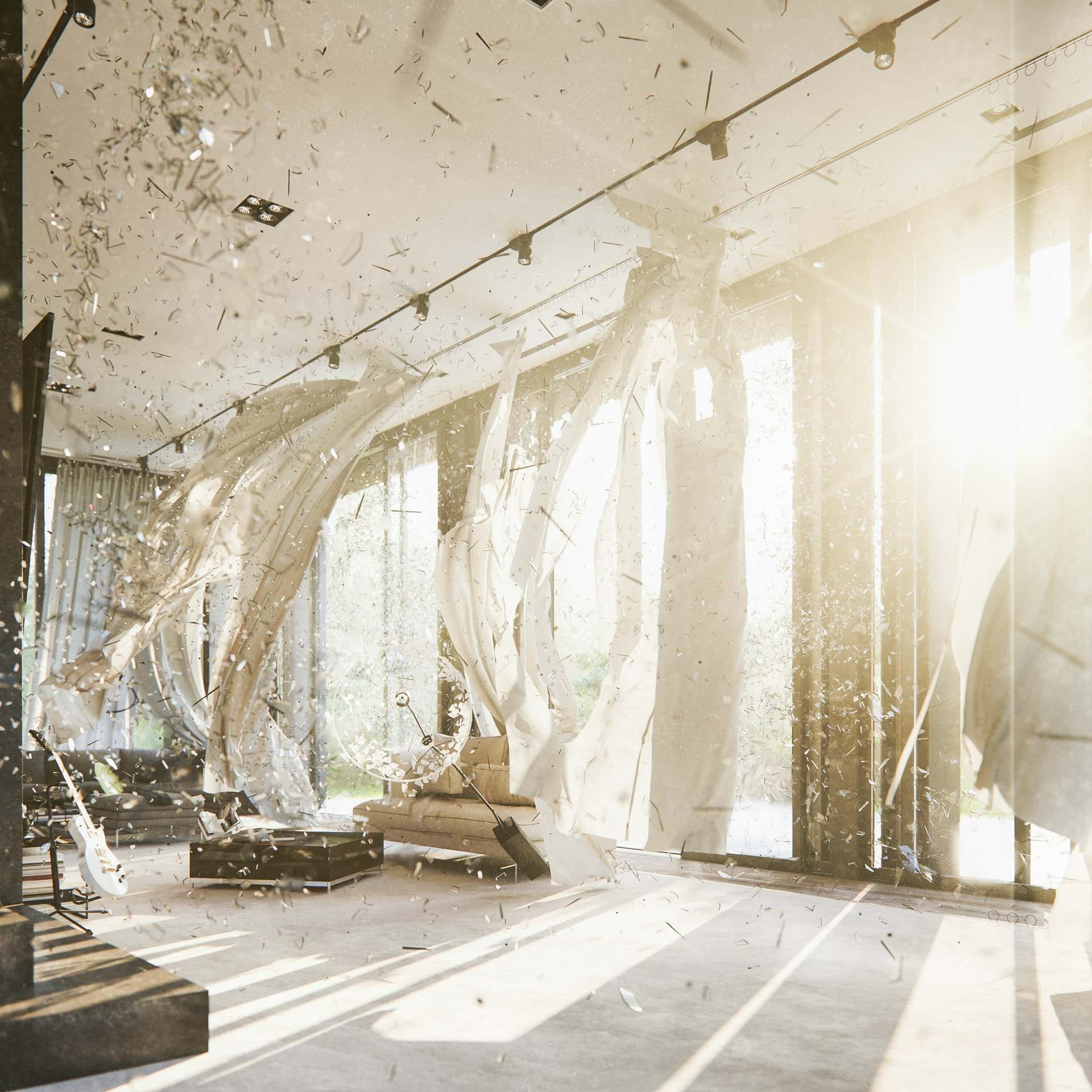
Could you tell me a little about your background, and how you came to work in arch viz?
My first arch viz job was an awful experience, and not how I imagined it at all. It was like being punched in the face. But I decided to persevere and give it another chance. I summoned just enough strength to get another job, but this time it was with cool people and I was much more relaxed, and I’ve been in arch viz ever since. I’ve learned a lot about the industry, and I’d had enough business experience to start Double-Aye, my studio, in 2015.
Is Serbia a good place to be doing arch viz?
The short answer is yes and no. I have done a few jobs here and it was frustrating—either the projects were not interesting, or money was very low. There are lots of people working arch viz in Serbia, but it is mostly for clients in other countries. As the world is accepting the idea of working online, things are changing for better.
My clients are located in the EU, UK and USA. They’re well-situated countries with developments that require high-quality visualizations.
Do you find it easy to find new clients?
I am pretty picky about who I work with. In about 95% of cases, when I’m machining through work, I tend not to involve myself too much mentally. But the reward is when someone allows you to be creative, and that 5% of clients is enough to balance the scale. I am willing to offer to them anything, and this shows as energy, devotion and passion in my work.
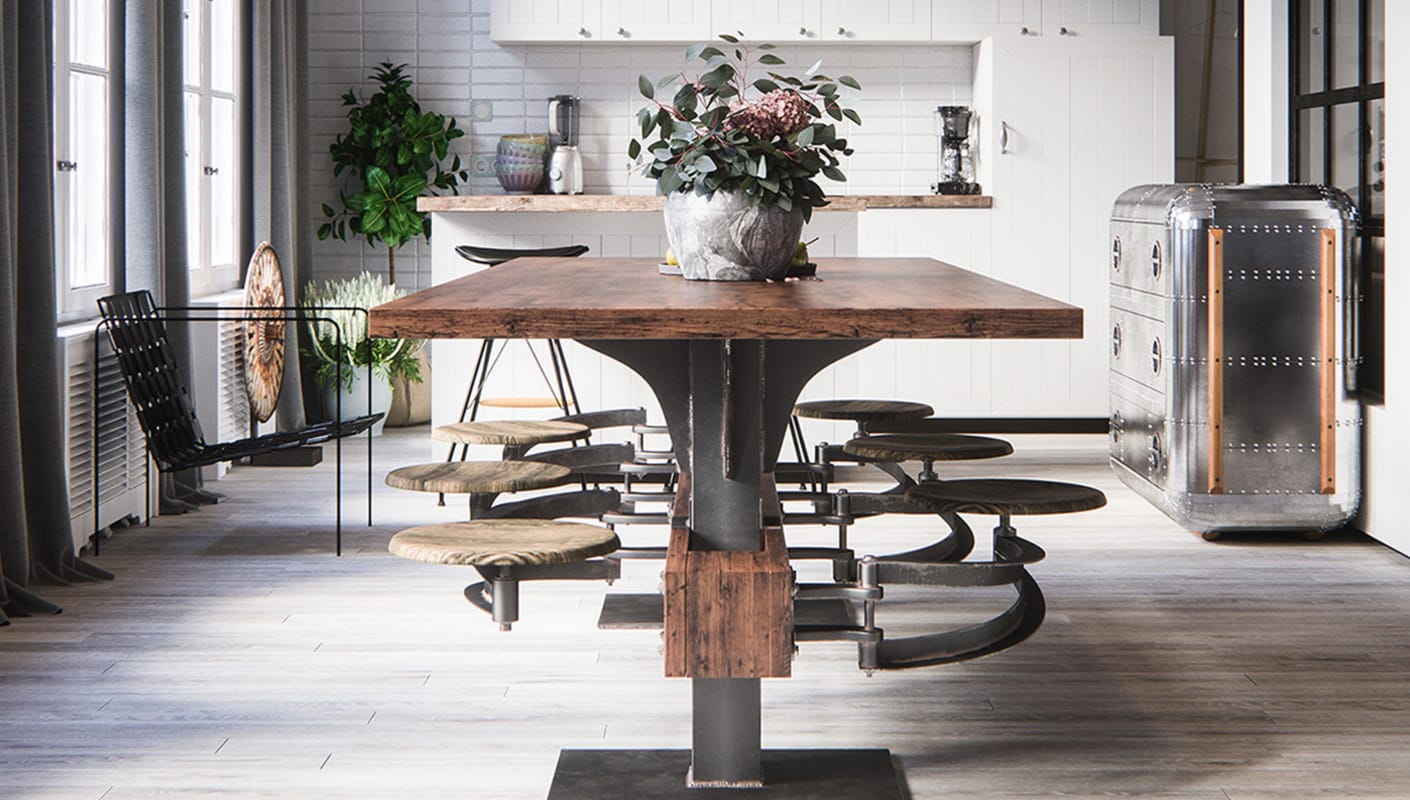

The camera movements in your arch viz showreel are pretty crazy. How did this come about?
If it makes you ask this question, I am hitting the spot. There is no such thing as being formal in creativity. It’s about having fun with the virtual world at your disposal. People tend to forget that, as a 3D artist, you are the creative part of the contract with the client. It can be a battle for them to accept what you do, but you must make sure they respect the creative process.
Most clients want their project to look extraordinary and exceptional, but if that’s done without experimentation, it can end up being plain. It’s the artist’s role to elevate that for the client. Challenging that "ordinary" point of view gives you the ability to go nuts and do exactly opposite of what you are expected to do, to show off your creativity, and present another angle on things. You can fail, which is totally acceptable, and part of the creative process.
And has it gone down well with the arch viz community?
Hell no, it's polarizing! I know I shouldn’t care what someone thinks as long as I am comfortable with my own creativity and decisions—but sometimes that is easier said than done. There have been many compliments, though, with people saying, “Is that it? We want more!” It's nice to hear positive comments since it’s the first time I’ve directed, edited and storyboarded a video. Some people reacted with more depth, complimenting camera, light and more technical aspects.
The reactions were over my expectations—the shots are all from different projects with no apparent flow made to look like they have some meaning. There was lots of footage that didn't go into the final cut because I care for human physical and mental health!
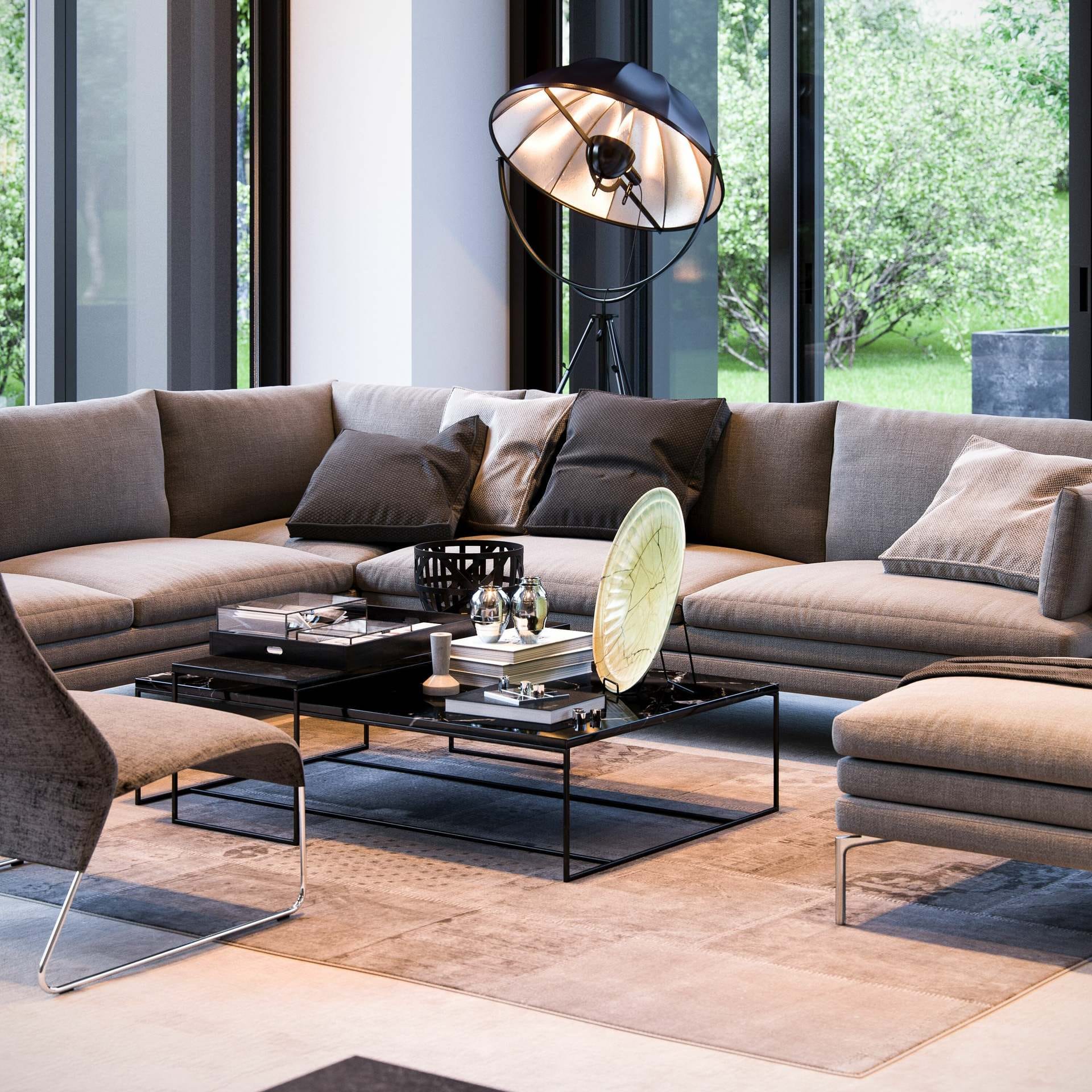
You’ve switched to V-Ray's RT GPU rendering - what do you like about it?
Since Chaos Group enabled directional lighting, I like everything! Using light and creating complex light rigs is one of most important features for me. It's massively sped up my workflow, too. I’m still getting used to the fact that I can make an HQ image in minutes instead of hours, that leaves lots of time for being creative.
I love that you don't have to upgrade your whole machine—with RT GPU you can just change your GPU, or add more render nodes. Having so much power in one machine is unbelievable.
Ivan Stevanovic, Double Aye
The only downside is that you need to get used to managing your scene properly, and optimizing textures and models, as memory is limited. But that gap between CPU and GPU is closing quickly, and most interior scenes will easily fit in 8GB of ram. I couldn’t go back to CPU now, except for compatibility reasons in some older scenes. I’m sure everyone will switch to GPU in the future.
How much post production do you do on your videos and images?
Having a proper light rig, framing and accentuating details with depth of field, or parallelism of composition with adequate focal length for a particular shot is something no post processing can fix easily. Usually I know what I can expect during post processing when I see the raw image, which is matter of experience more than technical prowess in Photoshop.
What are you working on next?
A 4K commercial which uses just about every trick in the book. I’ve also got some personal projects worth mentioning: a few short movies, one of which is inspired by song, one called "pizza delivery" and another called "robots." I still need some people join me on these projects—is anyone willing to work on something spectacular for free!?
